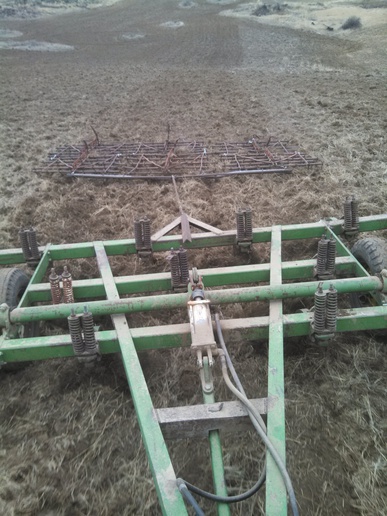What is it with ballasting tyres in America? I can understand why if the tractor has no 3 point and is pulling a trailed plough, but why is it needed on a tractor with a 3 point hitch? Is it something to do with pushing snow?
Why I ask is that in the UK we hardly ever fluid fill a tyre, we never have to, and we use similar tractors but have to cope with heavy wet sticky ground, in fact we want rid of weight at times to keep our tractors on top of the ground. We will occassionally add wheel weights or a 3 point mounted rear counter-weight on a loader tractor but hardly ever will anyone fill tyres......
Just wondering?.......Sam
Why I ask is that in the UK we hardly ever fluid fill a tyre, we never have to, and we use similar tractors but have to cope with heavy wet sticky ground, in fact we want rid of weight at times to keep our tractors on top of the ground. We will occassionally add wheel weights or a 3 point mounted rear counter-weight on a loader tractor but hardly ever will anyone fill tyres......
Just wondering?.......Sam



